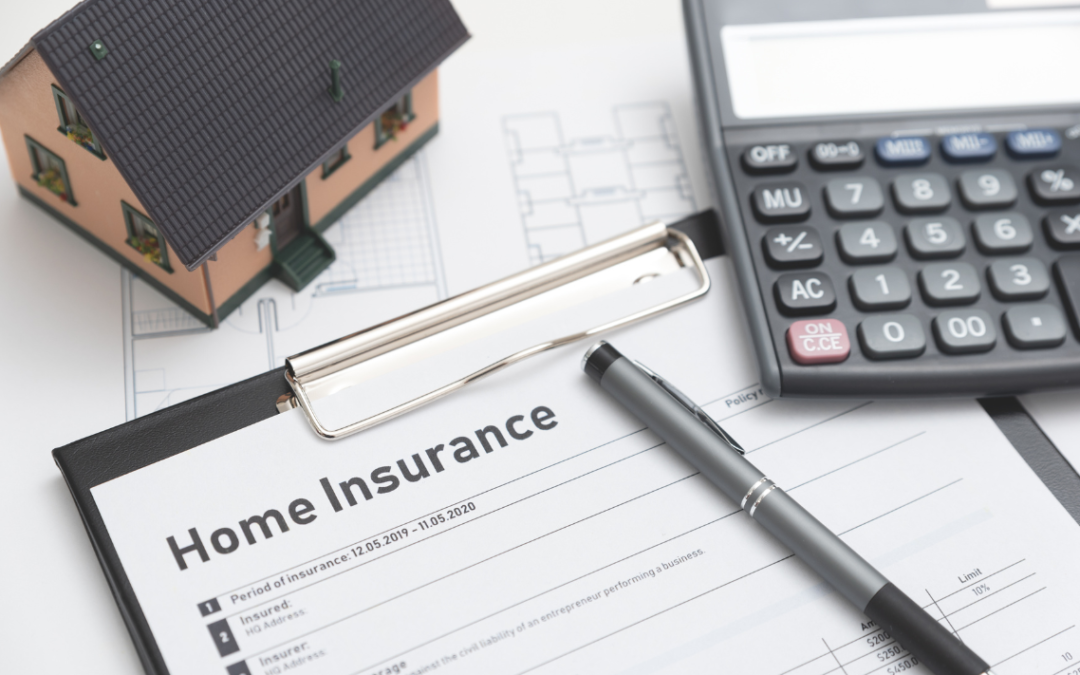Determining the right amount of homeowners insurance coverage can feel overwhelming, but it’s a crucial step to ensuring your home and possessions are well-protected. For residents of Washington state, understanding how much insurance coverage you need is vital given our unique local risks and housing market. Let’s break down the key factors to help you determine if you have enough coverage.
Answering The Question: Do I Have Enough Insurance Coverage For My Home?
Assess Your Home’s Value and Needs
Start by evaluating your home’s overall value and needs. Insurance companies often use specific metrics to assess your home’s worth, but having your own overview can provide clarity. Consider the size, age, and features of your home. If you have custom elements like high-end finishes or a newly renovated kitchen, these should be accounted for. Don’t forget to assess the condition of your roof and other critical aspects of your home’s structure.
Understand Coverage Types: Actual Cash Value vs. Replacement Cost
Homeowners insurance typically offers two types of coverage for property damage: Actual Cash Value (ACV) and Replacement Cost Value (RCV). ACV coverage takes depreciation into account, meaning if your 10-year-old refrigerator is damaged, you’ll receive its depreciated value, not the cost of a new one. RCV, on the other hand, covers the full cost to replace the item with a new one. For comprehensive protection, RCV is often preferable, though it may come at a higher premium.
Know Your Personal Property Coverage
Personal property coverage generally starts between 50% and 70% of your dwelling coverage amount. For example, if your dwelling coverage is $300,000, your personal property coverage might range from $150,000 to $210,000. However, if you own high-value items such as expensive jewelry or artwork, these may exceed standard coverage limits. In such cases, you might need to add a rider or endorsement to fully protect these valuables.
Research Local Building Costs
In Washington, the cost of building materials and labor can vary widely. To ensure your coverage is adequate, research local building costs and consider factors such as the materials used in your home’s construction and any special features it has. If your home includes custom elements like imported tiles or premium countertops, you may need additional coverage to account for these unique aspects. Also, be aware that homes not up to current building codes might cost more to rebuild. An ordinance or law endorsement can help cover the additional costs of bringing your home up to code.
Consider Your Use of the Home
How you use your home plays a role in determining your insurance needs. If you frequently host guests or have high-risk features like a pool, you might need higher liability coverage. Liability insurance helps protect you if someone is injured on your property. Additionally, if you have high-value items or frequent visitors, increasing your medical payments coverage could be beneficial.
Factor in Temporary Living Expenses
If your home sustains major damage, you might need to stay in temporary housing while repairs are made. Research rental rates in your area to estimate how much additional living expenses coverage you might need. In expensive housing markets or if you have a large family, this coverage could be crucial to ensure you have adequate funds for temporary accommodations.
Inventory Your Personal Belongings
A detailed inventory of your personal belongings is a practical tool for ensuring you have adequate coverage. List each item, its value, and keep photos and receipts when possible. Digital storage options can help safeguard this information in case of damage to your home. This inventory is essential for filing claims and ensuring all valuable items are covered under your policy.
Review Your Finances and Insurance Limits
Evaluate how much you can afford to pay out of pocket for rebuilding your home or replacing personal belongings. While most policies adjust for inflation annually, rapid inflation might outpace these adjustments. If you have substantial savings, you might choose to carry a higher deductible to lower your premium, but ensure you can manage the out-of-pocket costs if a loss occurs.
Explore Additional Coverage Options
Even with a robust policy, there might be gaps in your coverage. Consider endorsements or add-ons like identity theft protection, equipment breakdown coverage, or service line coverage to enhance your policy. Review these options with your insurance provider to determine if they fit your needs.
Revisit Your Policy Regularly
Your insurance needs can change over time, so it’s important to review your policy annually. Update your home inventory, reassess coverage levels, and ensure your policy reflects any changes in your circumstances. This annual check-up can help identify if additional coverage is needed or if adjustments are necessary to keep your policy aligned with your current needs.
Contact Hood Insurance Agency Today for Homeowners Insurance Services in Washington State
Determining the right amount of insurance coverage for your home can be complex, but with the right guidance, you can ensure that your property and belongings are adequately protected. At Hood Insurance Agency, we specialize in helping residents across Washington state find the perfect homeowners insurance coverage for their needs. Our experienced agents are here to answer your questions, provide personalized advice, and ensure you have the right coverage to protect your home. Don’t leave your home’s security to chance. Contact Hood Insurance Agency today for comprehensive homeowners insurance services in Washington state. Let us help you find the coverage that fits your unique situation and gives you peace of mind. Call us now or visit our website to get started!

